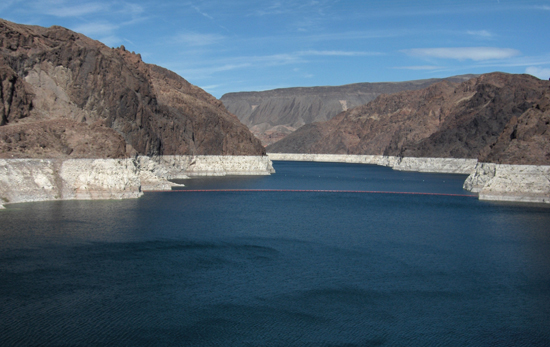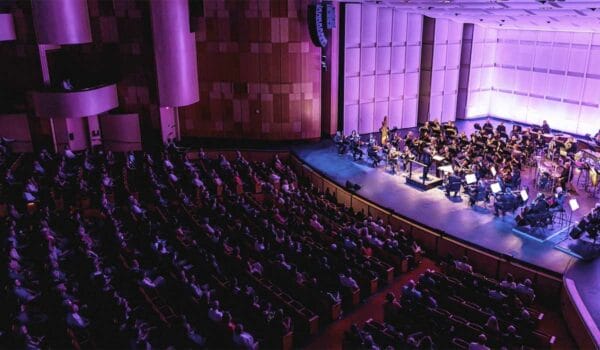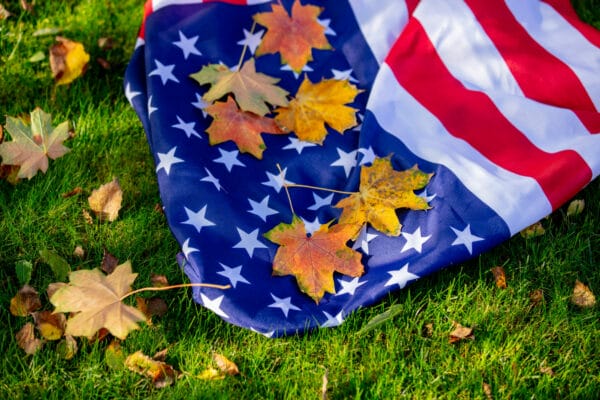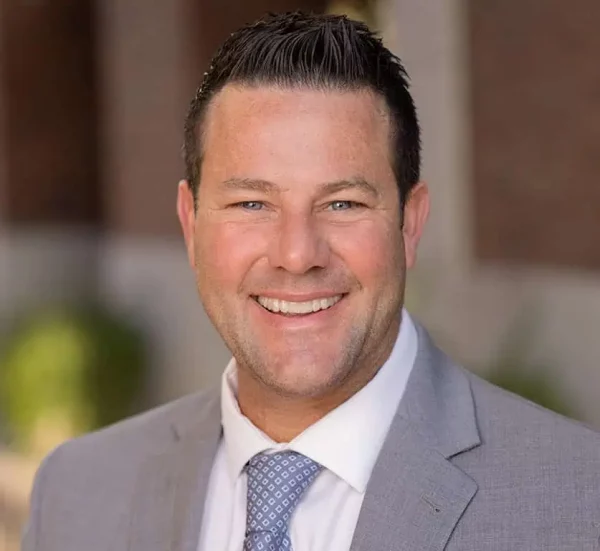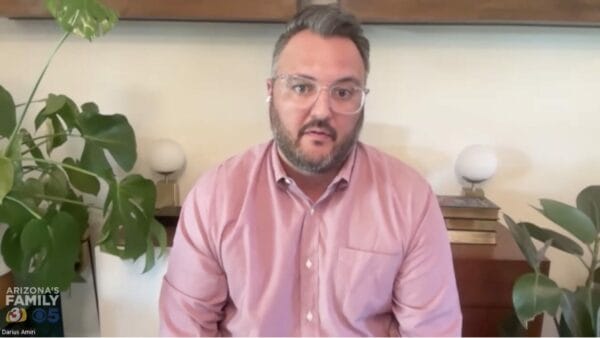Los Angeles Times
On an unseasonably hot morning this fall, my 11-year-old son and I set off for Hoover Dam, his first time to tour the American engineering wonder that draws nearly 1 million visitors a year.
In recent years, I’d visited the dam and adjacent reservoir, Lake Mead, as a journalist who reports on water. But I hadn’t been there as a tourist since my own childhood. I looked forward to hearing how the dam’s minder, the U.S. Bureau of Reclamation, would tell such a big story to such a big audience.
I expected to hear about the drama, human sacrifice and technical prowess behind the dam’s construction. I also expected some of the growing concerns about the Colorado River that feeds the dam, having seen the bureau’s worrisome charts that show how demand for the water shared by seven U.S. states and Mexico has exceeded supply — a gap growing ever wider amid epic drought and epic waste.
Also: Landmark water deal could boost Mexico water storage in Lake Mead

